
by Evan Spencer
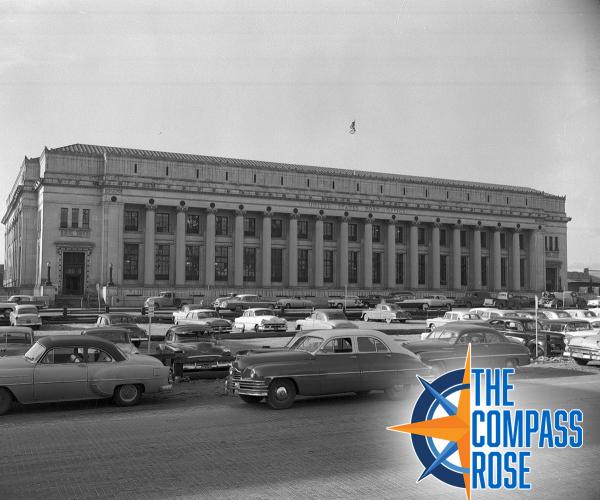

by Evan Spencer
The purpose of The Compass Rose is to raise awareness of Special Collections’ resources and to foster the use of these resources. The blog series also reports significant new programs, initiatives, and acquisitions of Special Collections.
Today, Special Collections presents a special guest post from Art Education and Art History undergraduate student Paula Currie. Paula developed this post as part of Dr. Leah McCurdy’s class called Art of Antiquity. The class explored items in Special Collections that resonate with Greco-Roman histories during the spring 2022 semester.
Have you ever wanted to experience Greco-Roman architecture? Have you longed to see the famous Roman Colosseum or the ancient temples of Greece? Short of traveling the world, you may think that's impossible. What if I told you the influence of those great civilizations is right in front of you, maybe as close as your own doorstep? Interested? The architecture around us today is richly influenced by Greco-Roman, also known as Classical, architecture. Many of these buildings are passed every day without a second thought. Examples of architecture influenced by Classical traditions are quite literally everywhere if you know what you're looking for. My class visit to UTA Libraries’ Special Collections in April 2022 opened my eyes to this fact.
Roman architecture is recognizable by certain stylistic characteristics. Columns and round arches can be seen throughout ancient Rome. While the Romans were not the first to invent or utilize these components they did establish many of the terms we use to describe them. Vitruvius was a Roman architect and author of De Architectura, a guidebook to Classical architecture (Habinek 2016, 301). His book discussed Greek and Etruscan architectural details, giving the Romans a literary source that enabled them to recreate and build upon historic architectural styles. The Romans had a tendency to "Romanize" Greek creations, including modifying temple designs to suit Etruscan trends and Roman city planning practices. It seems only fitting that architects today follow that tradition and put a modern twist on Greco-Roman architecture.
The Fort Worth Post Office, located on the corner of Jennings and Lancaster, is a gem of Classical architectural influence (Fig. 1). UTA Libraries’ Special Collections holds a series of photographs documenting the post office in 1956, part of their collection of Fort Worth Star-Telegram photographs. Designed by architect Wyatt Hedrick and completed in 1933 (WPWPAT 1940, 265), it was modeled after the Pantheon of Rome (Fig. 2). The building consists of limestone exterior walls, Texas granite foundation and trim, and sixteen columns (ibid). What makes these columns truly unique is their "Texas" style capitals that directly reference the Fort Worth Stockyards by incorporating a longhorn skull and cattle heads (Fig. 3).
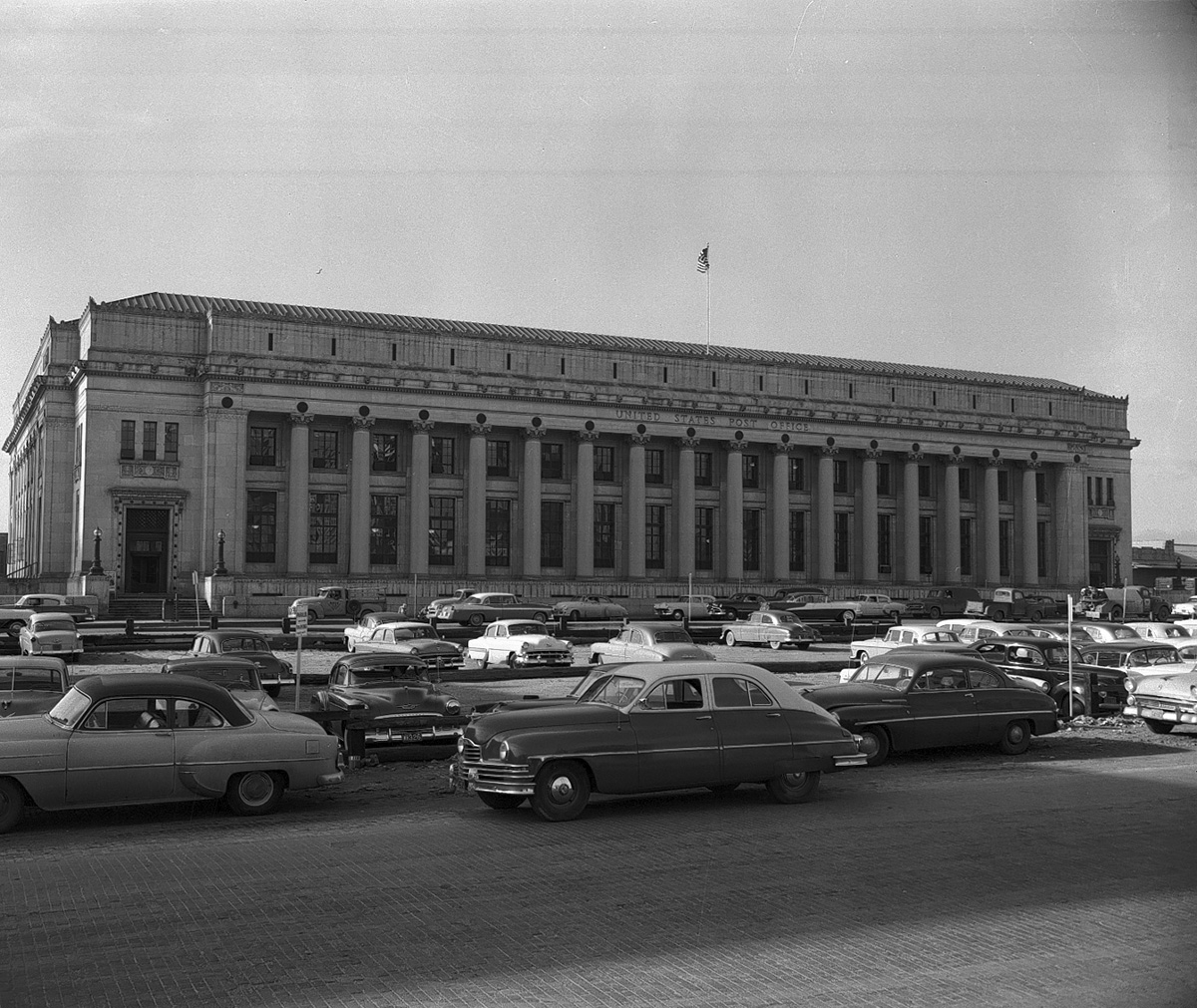
Fig. 1, Photographer Unknown, United States Post Office, Fort Worth, Texas, 1956. Published in the Fort Worth Star-Telegram. Photo courtesy of UTA Libraries Special Collections.
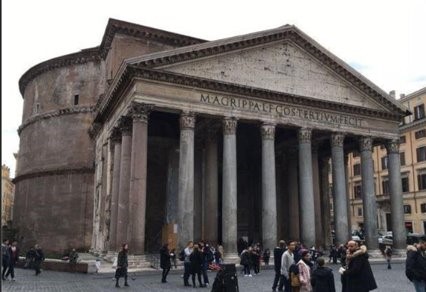
Fig. 2, After Apollodorus of Damacus (Imperial Period/Hadiran’s Reign) in Rome, Italy, Pantheon, ca. 125-128 CE. In situ. Photo courtesy of travelcounsellors.com.uk.
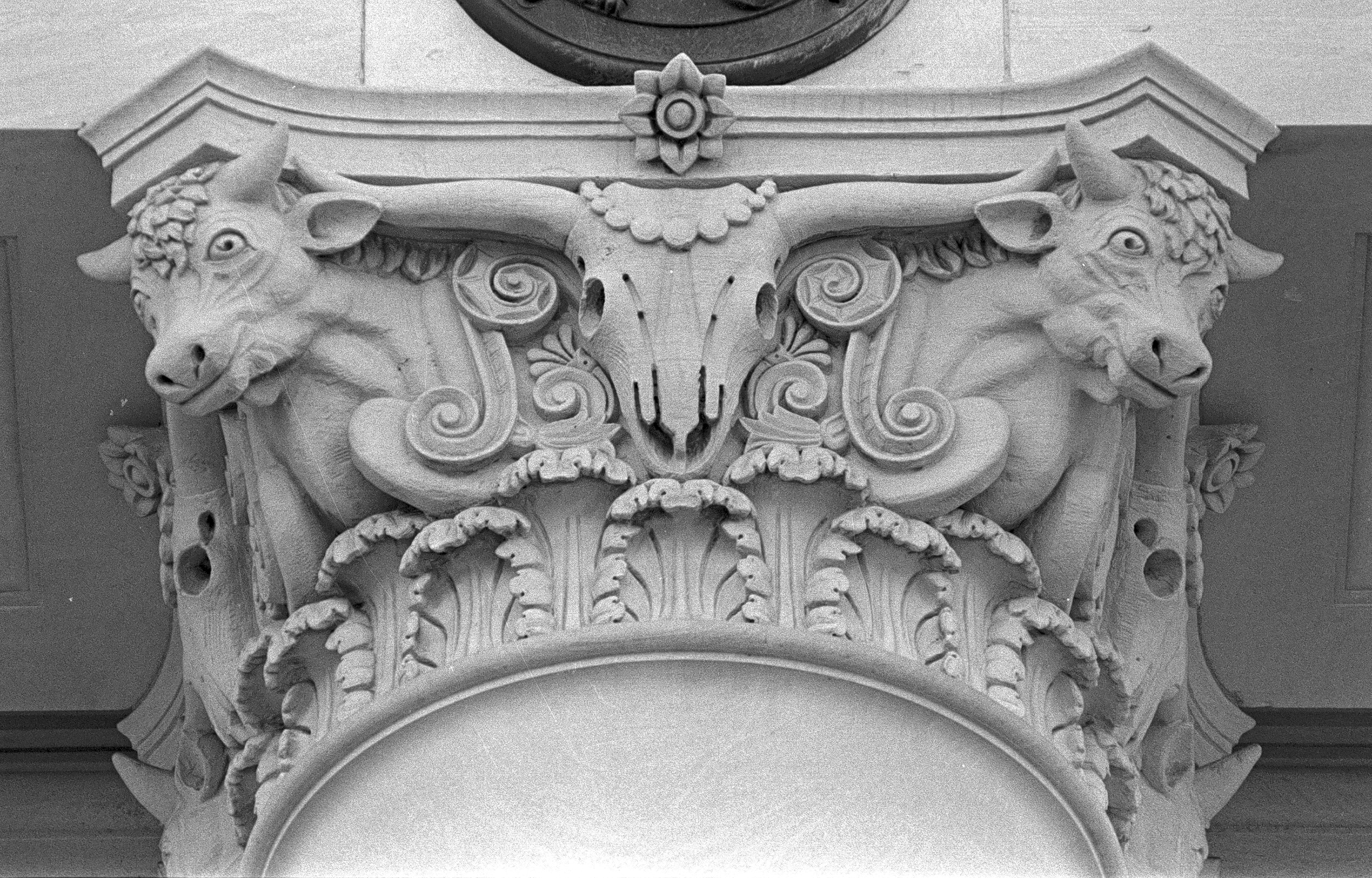
Fig. 3, Photographer unknown, Top of ornate column at the United States Post Office, Fort Worth, Texas, 1983. Published in the Fort Worth Star-Telegram. Photo courtesy of UTA Libraries Special Collections.
Columns are an important architectural element associated with Classical design, originating in ancient Egypt and adopted by their Mediterranean neighbors, including the Bronze Age peoples of Minoan Crete in the Aegean Sea and Mycenae on the Greek mainland. Columns developed into a principal architectural element of Classical Greek temple and civic architecture, influencing the Etruscans and Romans, and were eventually recorded in the writings of Vitruvius as a paramount feature of Classical architectural design. There are three principal architectural orders of columns that have evolved over time: Doric, Ionic, and Corinthian (Cartwright 2012). While the shaft of the columns changed slightly over time, the capital (top of the column) underwent significant changes throughout history (Fig. 4). Doric capitals are the plainest, primarily featuring rounded disks, while Ionic capitals sport symmetrical scrolling forms. Corinthian capitals are the most decorative type.
Fig. 4, Three Classical Orders of Columns. Image courtesy of Slideshare.net.
According to Vitruvius, the origin of the Corinthian capital can be traced to the sculptor Kallimachos. The story goes that Kallimachos came across the grave of a young girl whose family had placed a terra-cotta kalathos vessel on her grave(Fig. 5) topped with a tile for the placement of customary funerary offerings.. . The kalathos vessel was placed on top of an acanthus root, causing the plant's leaves to grow around the vessel and curl over in volutes at the sides. Upon seeing this, Kallimachos sketched out the design and created a column based on that design while he was in or near Corinth, Greece (Fig. 6 (Scahill 2009, 40).
While that is a fascinating story, it's not entirely true, but it does contain factual elements. Kalathos vessels and acanthus plants were often used in Greek funerary practices, and Kallimachos was a Greek sculptor well known to the Romans for his work with marble (Scahill 2009, 41). Historians have determined that the Corinthian order was created in the fifth century BCE in Classical Greece when the Doric and Ionic forms had reached a point of "maturity" (Jones 1991, 110). Historians also agree the vegetative leafy décor of the Corinthian capital is derived from the acanthus plant (Ebeling 1924, 80). Can you see similarities between the typical Corinthian capital design in Figure 4 and the capitals of the Fort Worth Post Office? Our local Corinthian capitals are affectionately known as 'Cow-rinthian!’ In addition to the columns, the Fort Worth Post Office interior references Classical architecture with its marble walls and floors, twenty-foot green Grecian marble columns at each entrance, and a plaster coffered ceiling decorated with gold leaf (Ibid). As a whole, this local building is a ‘Tex-ified’ version of Classical architecture in our own backyard.
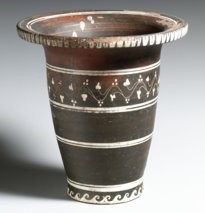
Fig 5, Hellenistic Maker(s) of Greece, Terracotta Kalathos, ca. 325-300 BCE, terracotta, height approx. 6 3/4” x 6 3/8”. The Met.
Fig. 6, Drawing of the Invention of Corinthian capital as told by Vitruvius. Copper engraving of Freart de Chanbrey, 1650. In “The Origins of the Corinthian Capital” (Oxbow Books, 2009), 89.
After I learned about the Cow-rinthian capitals at the Fort Worth Post Office during my visit to Special Collections, I started to see Classical architectural influences everywhere. One of the primary Classical elements I see in Texas residential architecture is the round or ‘true’ arch. The development of the round arch is usually attributed to the Romans; however, arched passageways were built by the Roman predecessors, the Etruscans. The surviving gateway of the town of Volterra (Fig. 7) is an excellent example of Etruscan arch construction.
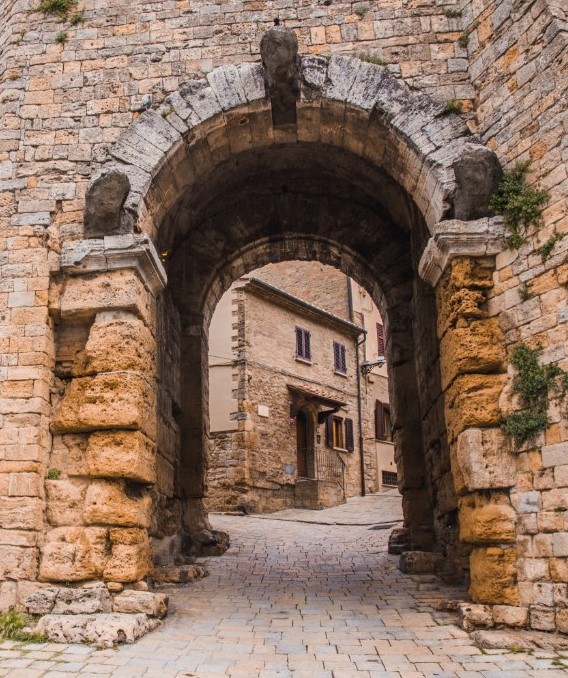
Fig. 7, Etruscan Maker(s) of Volterra, Italy, City Gates of Volterra, in situ. Photo courtesy of Nicola Salmoria.
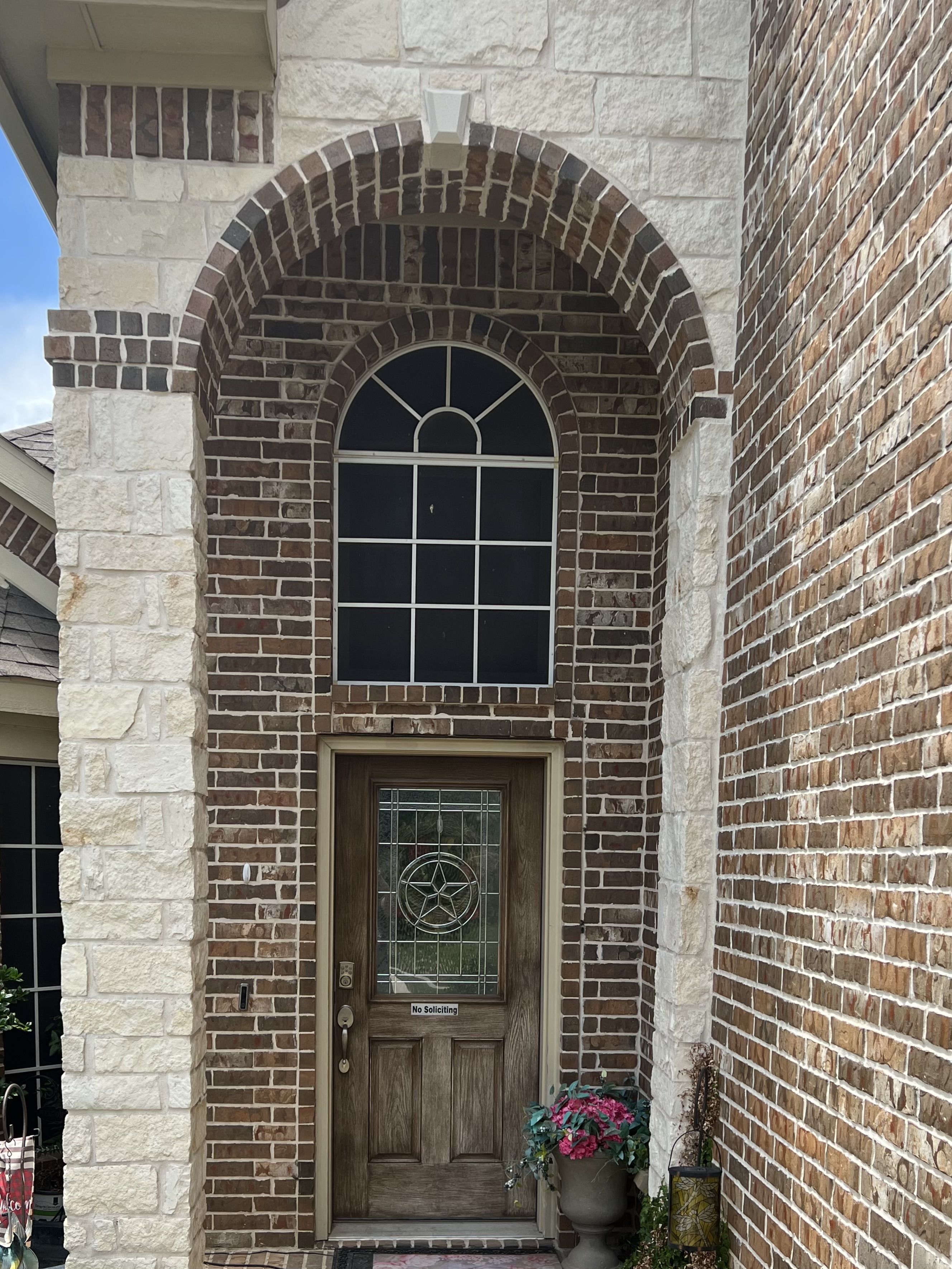
Fig. 8, First Texas Homes, Residential Building Arched Entry, Fort Worth, TX. Photo Courtesy of Paula Currie.
A 'true' arch consists of wedge-shaped blocks known as voussoirs arranged in a semicircular fashion (Boyd 1978, 82). Arches wouldn't be possible without the invention of the keystone, a wedge-shaped stone placed in the very center or crown position of an arch to hold voussoirs in place and help distribute the weight evenly among the blocks (Johns 2010). The keystone started as a practical need in structural arches but was also used in non-structural arches, such as the brick façade arches that encircle the Colosseum of Rome. The structural material of the Colosseum is concrete, another Roman invention that has had a massive impact on construction practices today. Like the Colosseum, residential homes in Texas often use stone or brick veneers over wood structural framing (usually not concrete) of round arches (Figs. 8-9) or even straight entranceways (Fig. 10) to create the appearance of Classical style. This ornamentation, especially the designed contrast between the dark brick and the light-colored keystones, alludes to Classical architectural design using materials typical of our local region. Indeed, brick as a building material was incredibly significant in Roman architectural design!
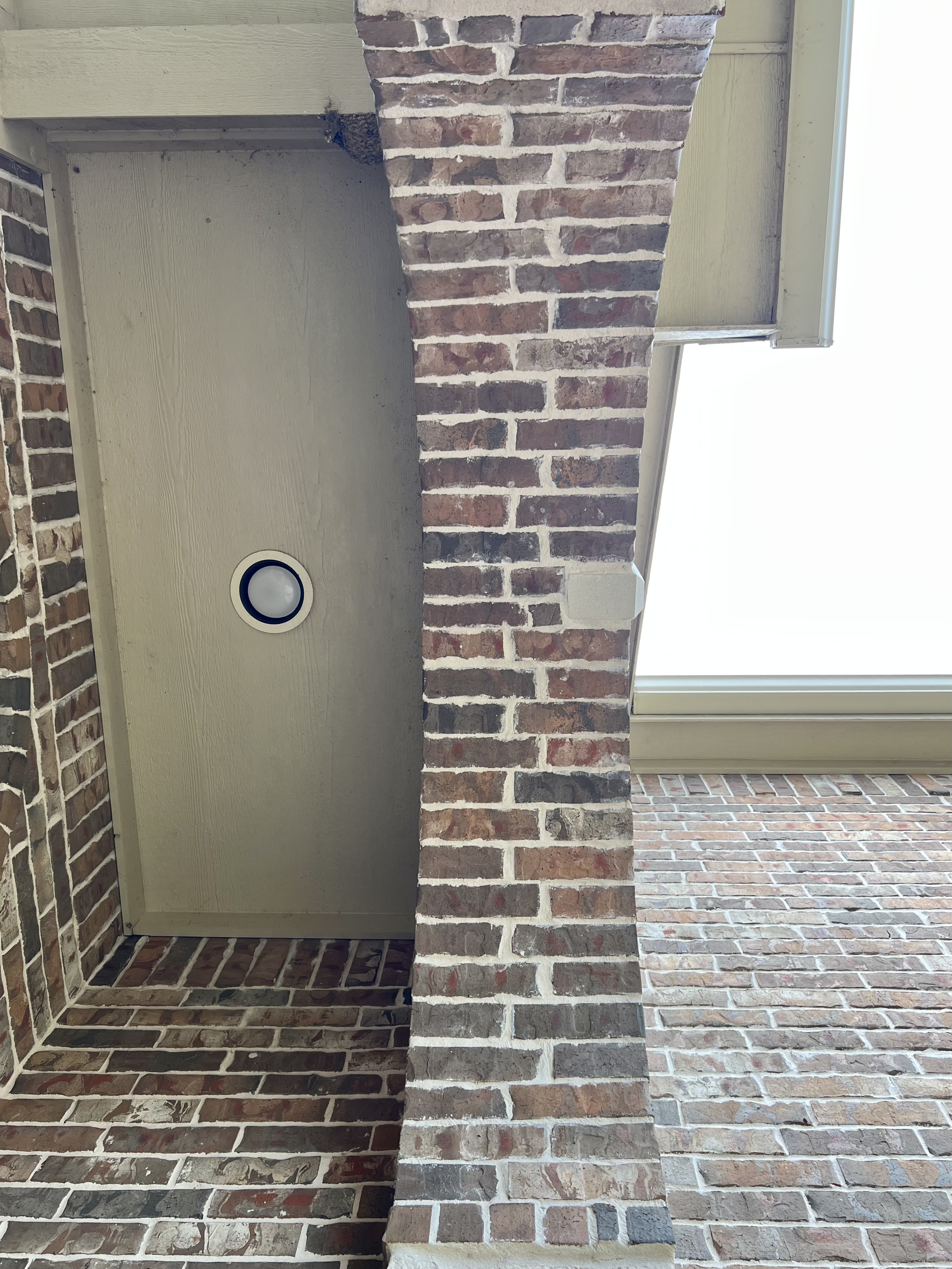
Fig. 9, First Texas Homes, Residential Building Underside of Arched Entry and Keystone, Fort Worth, TX. Photo Courtesy of Paula Currie.
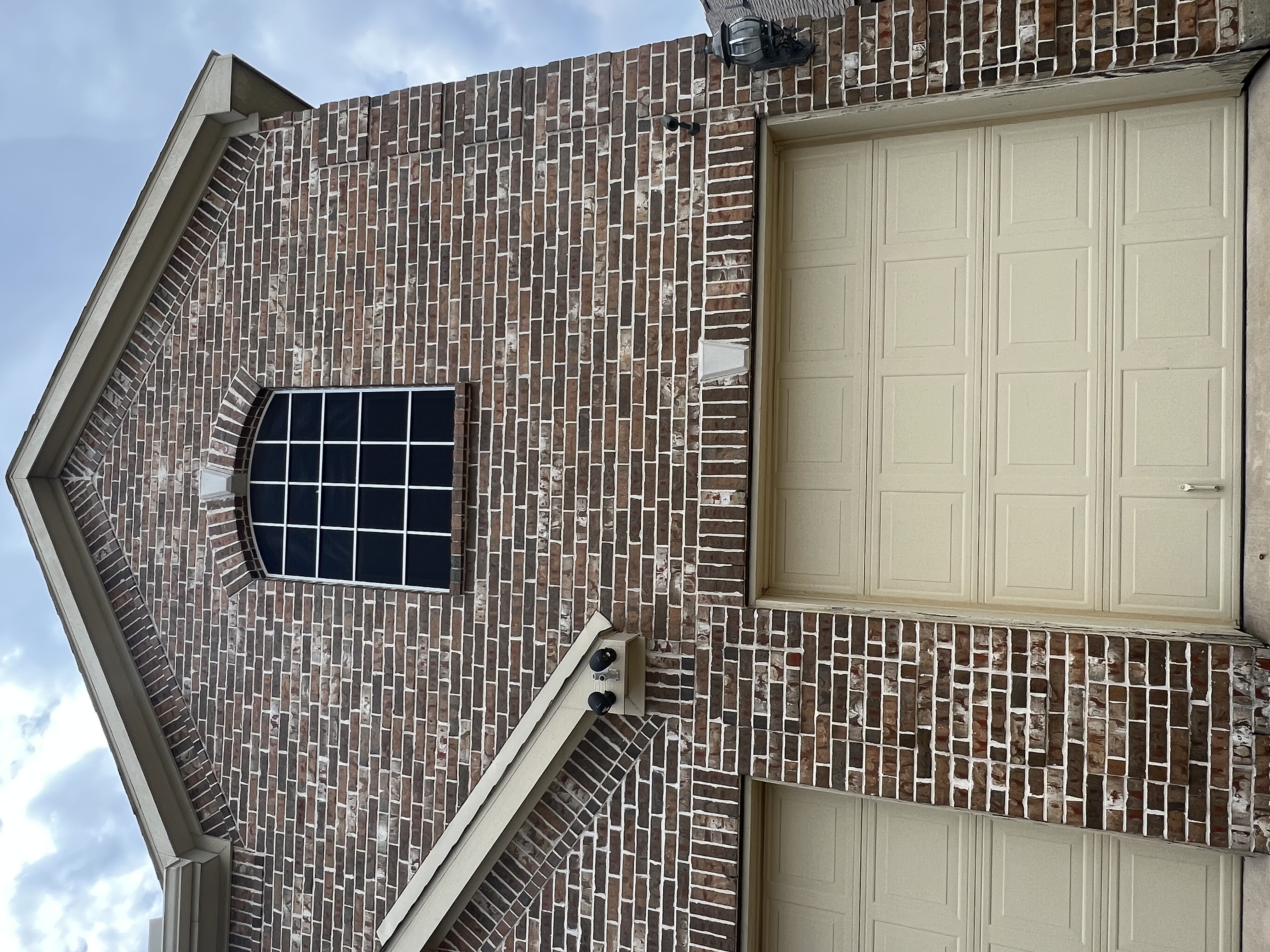
Fig. 10, First Texas Homes, Residential Building Frontal View, Fort Worth, TX. Photo Courtesy of Paula Currie.
The post office at Lancaster and Jennings is a civic building that is visited daily, and our residential streets are teeming with Classical elements, yet the beauty and influence of Greco-Roman architecture is often overlooked. Many people dream of traveling the world and visiting the ruins of these great civilizations, but their influence can be seen right here. North Texas is rich in architecture that draws upon the designs of antiquity. Seeing the impact Greece and Rome, and the oft-forgot Etruscans, had on the world is as simple as driving around, taking a walk, looking at your own home, or visiting UTA Libraries’ Special Collections. Greco-Roman influence is everywhere; you just have to look for it.
Boyd, Thomas D. "The Arch and the Vault in Greek Architecture." American Journal of Archaeology 82, no. 1 (1978): 83–100. https://doi.org/10.2307/503797
Cartwright, Mark. "Column." World History Encyclopedia. Last modified October 30, 2012. https://www.worldhistory.org/column/.
Ebeling, H. L. “The Origin of the Corinthian Capital.” The Art Bulletin 6, no. 3 (1924): 75–81. https://doi.org/10.2307/3046461.
Fort Worth Star-Telegram Collection, University of Texas at Arlington Libraries. "Top of ornate column at the United States Post Office, Fort Worth, Texas." UTA Libraries Digital Gallery. 1983. Accessed May 6, 2022. https://library.uta.edu/digitalgallery/img/10000430
Fort Worth Star-Telegram Collection, University of Texas at Arlington Libraries. "United States Post Office, Fort Worth, Texas." UTA Libraries Digital Gallery. 1956. Accessed May 5, 2022. https://library.uta.edu/digitalgallery/img/10000434.
HABINEK, THOMAS. “ART AND OIKEIOSIS IN BOOK 2 OF VITRUVIUS DE ARCHITECTURA.” Arethusa 49, no. 2 (2016): 299–316. https://www.jstor.org/stable/26316192.
Johns, Tracy. "What is a Keystone?" ASU - Ask A Biologist. January 7, 2010. https://askabiologist.asu.edu/what-keystone.
Jones, Mark Wilson. "Designing the Roman Corinthian Capital." Papers of the British School at Rome 59 (1991): 89–150. http://www.jstor.org/stable/40310919.
Scahill, David. "The Origins of the Corinthian Capital." In Structure, Image, Ornament: Architectural Sculpture in the Greek World, edited by Peter Schultz and Ralf von den Hoff, 40–53. Oxbow Books, 2009. http://www.jstor.org/stable/j.ctt1cd0pht.7.
Writers’ Program of the Work Projects Administration in the State of Texas (WPWPAT). Texas: A Guide to the Lone Star State. New York, NY: Hastings House, 1940.
Comments
Congrats Paula!
Lovely job relating our class content to our lives! I hope this post will encourage everyone to consider the influences of architecture they see every day, even the design elements of their own homes!
We look forward to what you will do as you move into grad school! Kudos!
Noteboom
Very interesting, now I understand why noted architect DON WHEATON designed our edition with “eye brow” arches at 2416 Lofton Terrace.
Add new comment